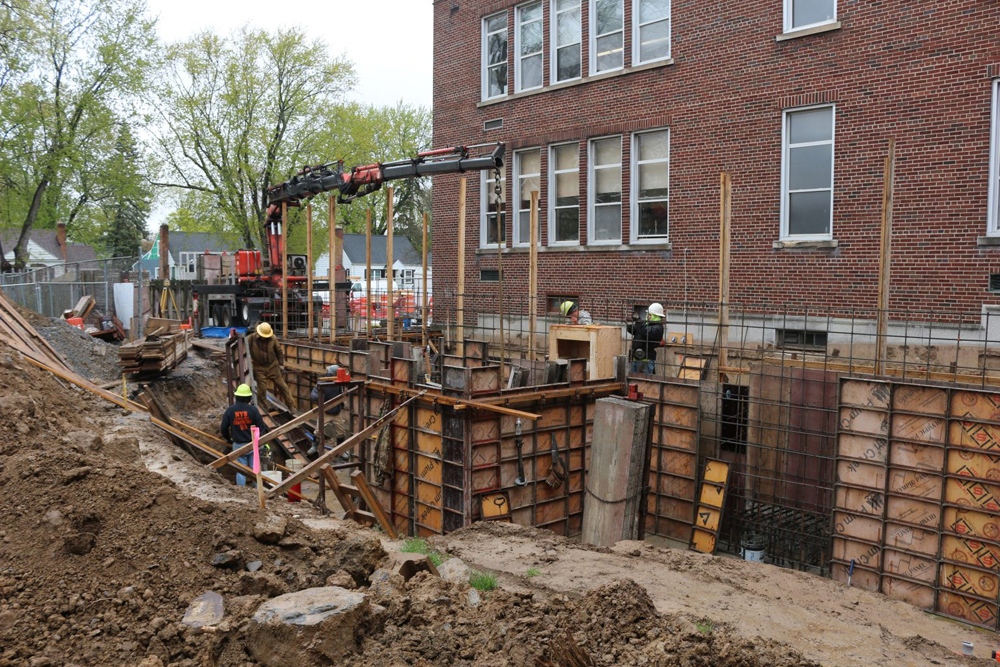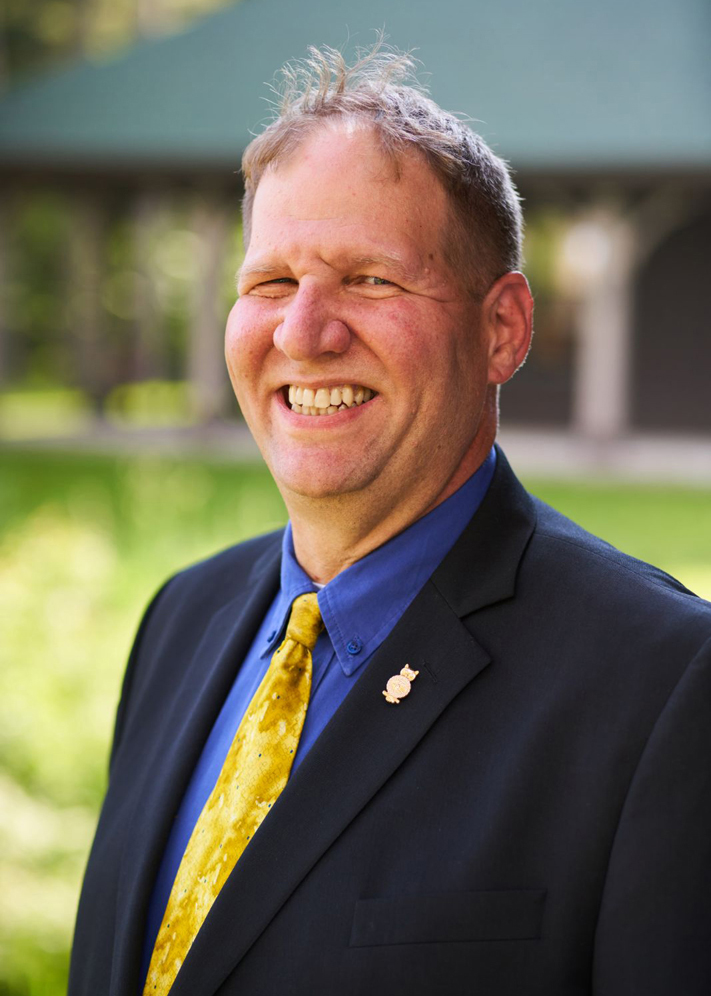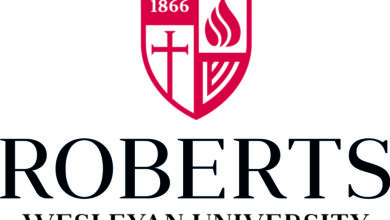Walk for Hope supports expansion of Hope Hall School

On Thursday, May 25, the entire Hope Hall community came together to take part in the school’s Walk for Hope. This year, the annual student-driven fundraiser not only fulfilled its traditional mission of supporting the education of Hope Hall’s students who learn differently, it contributed to the Hope for Tomorrow Campaign.
The Hope for Tomorrow Campaign is a four-year $18 million comprehensive campaign supporting facilities expansion and renovation, scholarships and financial aid, and unique programming tailored to the needs of students. In addition, it provides for the future of Hope Hall through capacity building and funding. The school is in its final phase of fundraising, so this year’s Walk was mission-critical.
Hope Hall’s students worked diligently to each raise a minimum of $100 through online and in-person fundraising, collecting bottles and cans, and even collaborating on class projects such as a coffee café or “Springing for Hope” in which one of Hope Hall’s 12th grade classes used math and measurement skills to craft wrist and neck lanyards, Hope ribbons, and coffee koozies that were sold to the public, raising over $500.
For many of the students, 87% of which experience financial hardship, and a significant number of whom live in the inner city, these creative initiatives, plus “Sole Mates” – Community members who sponsor students or entire classes for $10 per student – help students achieve their goal of $100 each. As of May 24, 91 Sole Mates had donated more than $10,500.
“Every year, our Walk for Hope is an important fundraiser for the school, but this year’s Walk is more critical than ever, because it is literally contributing to ‘a new foundation’ for the school. The walls have just gone up on the basement-level woodworking inventory management center, which will be the foundation for the first floor expansion of the woodworking center and the second floor expansion of the music room.”
The school receives no funding from New York State or school districts from which the students come, so fundraising is essential. The cost of educating each child is $22,000, but no family pays more than $5,700, and the majority of families receive significant additional financial aid. To bridge this gap between the cost of each student’s education and tuition, Hope Hall relies on grants, gifts from donors, and events such as the Walk for Hope to ensure that all students who can benefit from the school’s unique model of education are able to attend and receive the education they need and deserve.
Provided information





